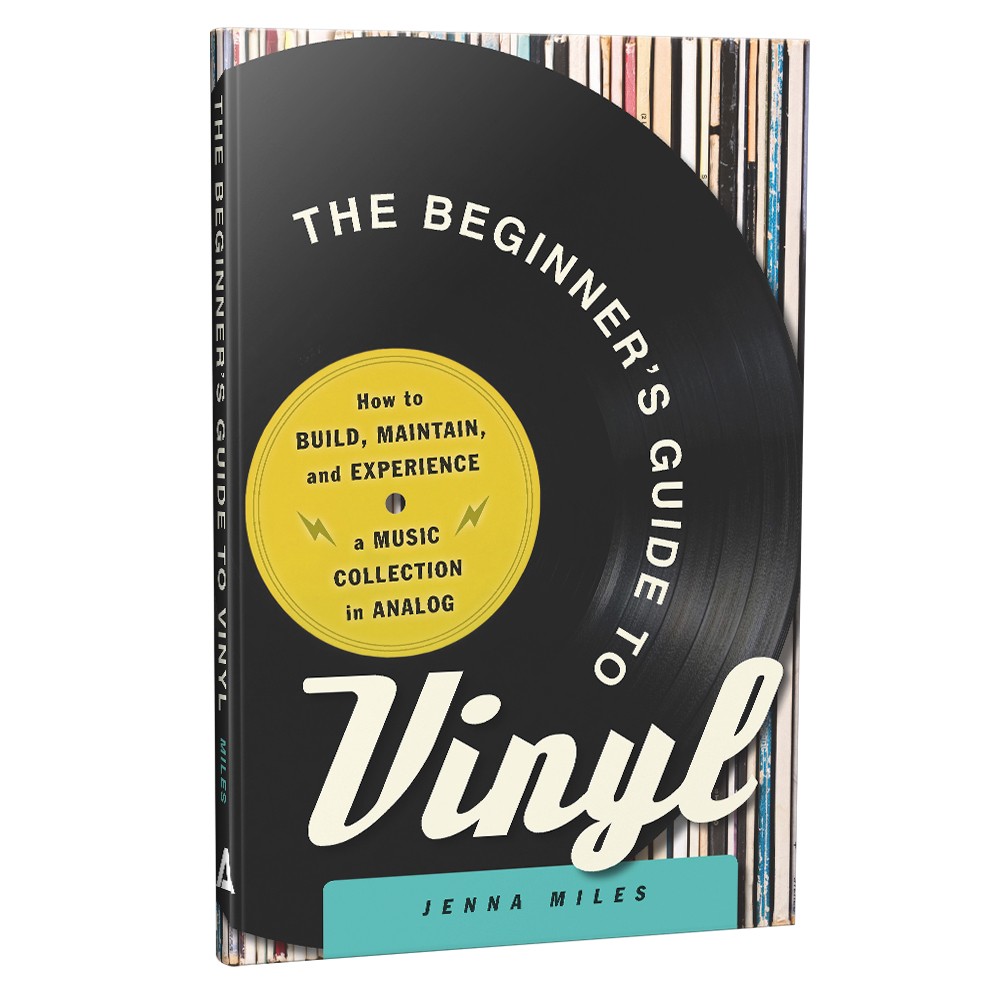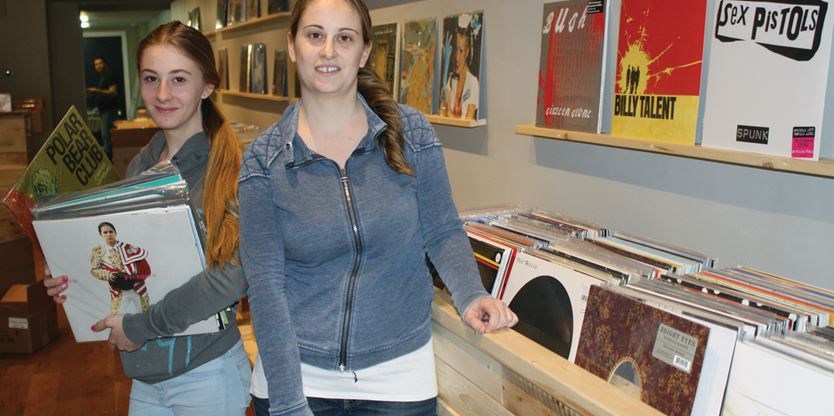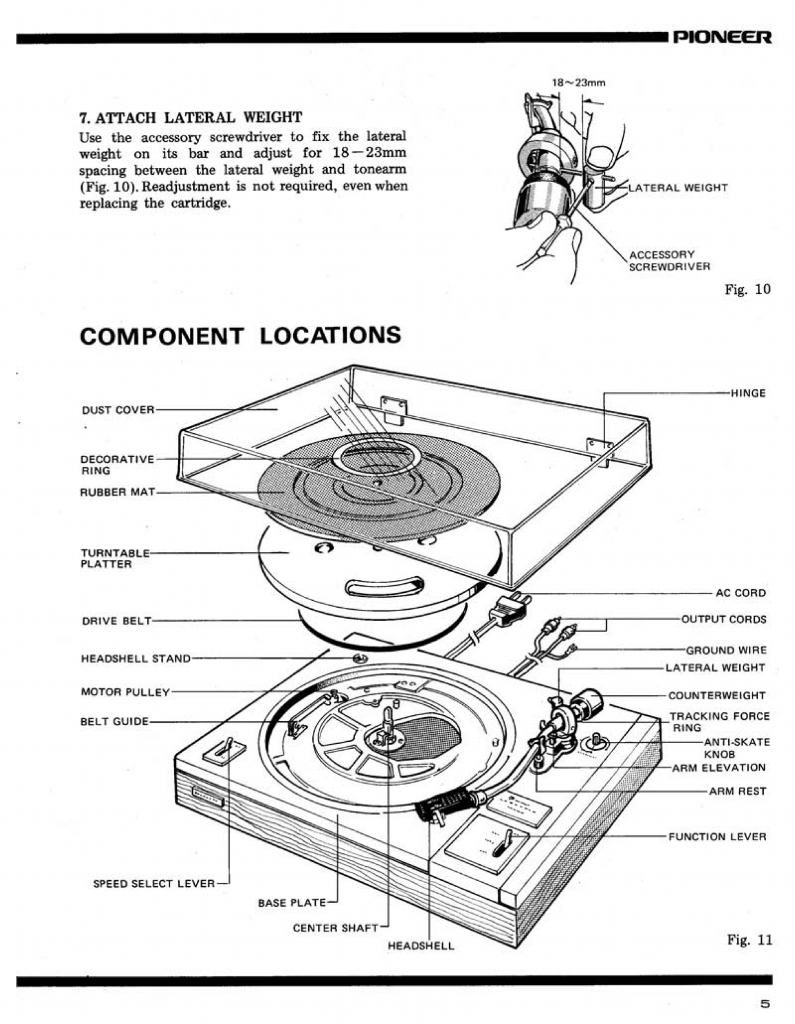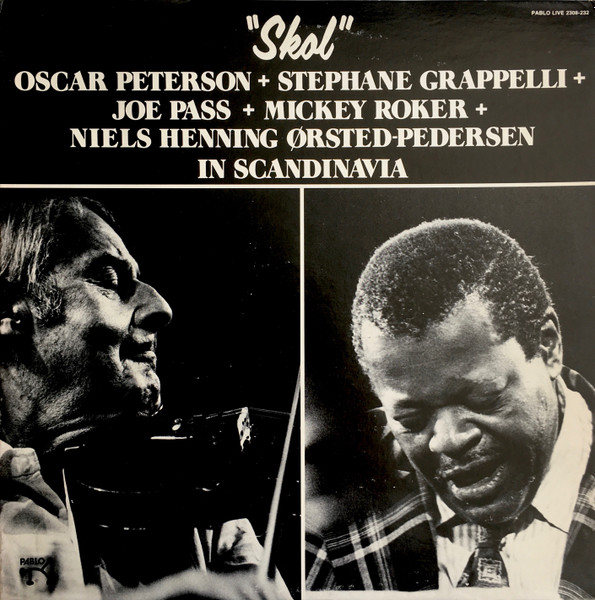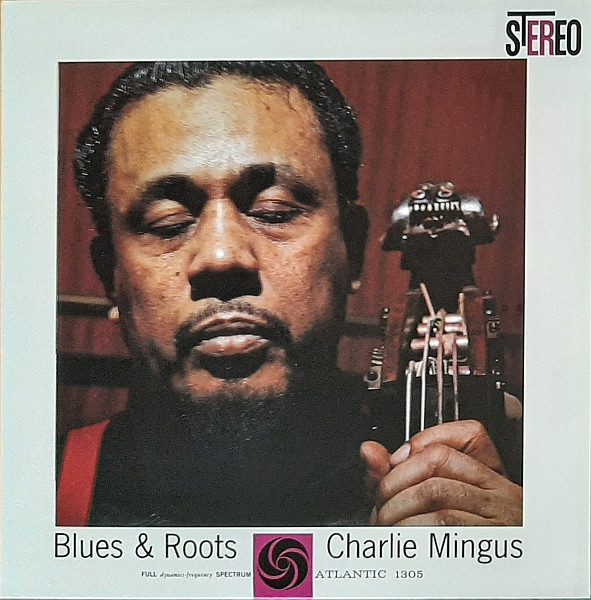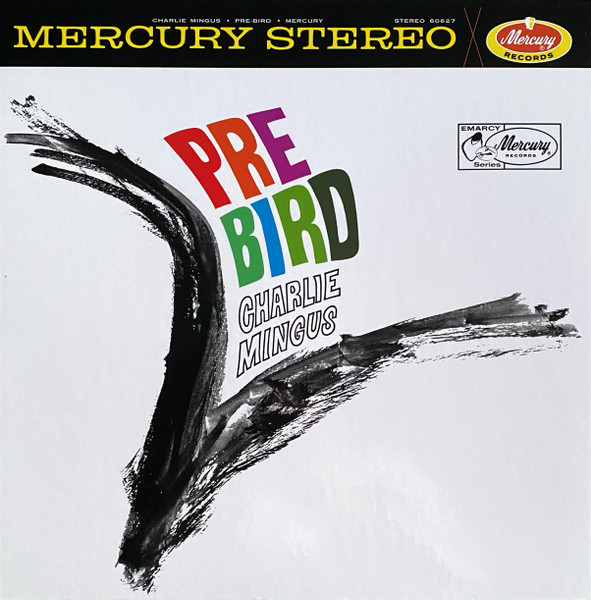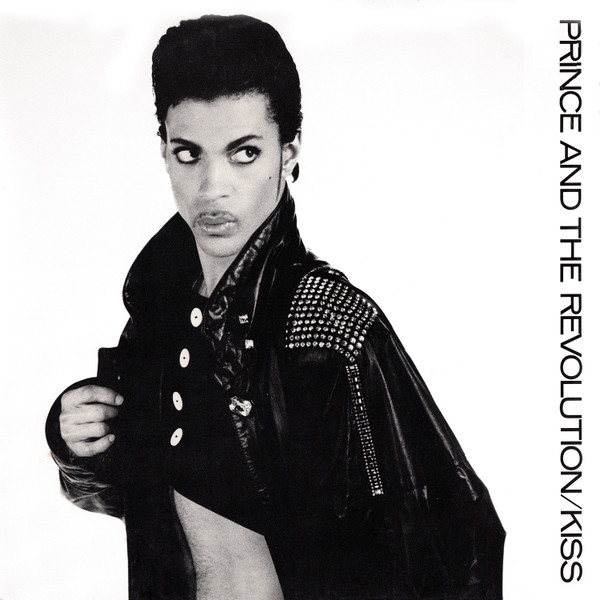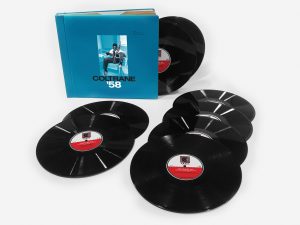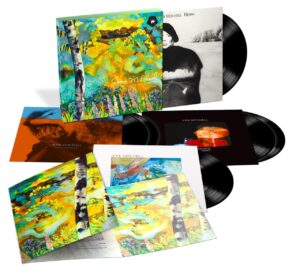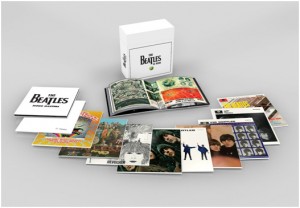The Beginner's Guide to Vinyl: How to Build, Maintain, and Experience a Music Collection in Analog, by Jenna Miles. ISBN-10: 1440598967. ISBN-13: 978-1440598968. Published by Adams Media (2017)
Rating
Global Appreciation: 8.5.
Presentation: straightforward, non-deluxe.
Category: music, vinyl record guide.
Format: paperback book. 5.5 x 8.5 inches approx. 256 pages all B&W except for 8 semi-gloss colored pages located half-way plus a few basic diagrams.
Written and researched by Jenna Hanes. Cover Design by Colleen Cunningham.
It's that time of the year once again and if you are wondering like many I'm sure, what could I possibly give to a friend, spouse or audiophile buddy without breaking the bank? The following just might make that decision easier as well as serve for a perfect stocking stuffer.
In The Beginners' Guide to Vinyl, author Jenna Miles shares her passion, and experience in this relatively new book published by Adams Media and available in ebook form also. Divided into 11 chapters, she succeeds in covering a vast amount of ground over a format that spans more than a century in evolution, and which has seen a strong, surprising, and sustained resurgence since a decade or so.
Her story reaches back to 2006 when she ran an online radio station—PunkRadioCast—comprising a large listening audience; later creating an independent online vinyl retailer and vinyl-only reissue label called SRCVinyl; and culminating in 2011 with the acquisition of Vinyl Collective, representing a devout community of vinyl collectors. Admittedly, she now breathes vinyl 24/7/365 year round. Interesting fact around her record label is that most of their releases prior to July 2015 were half-speed cut by none other than the legendary Stan Ricker of early MoFi fame; so without ever hearing any of their catalog it gives us a hint of their taking vinyl seriously and not just as a fad. Not to make too much out of all this, but I do find it quite encouraging that this guide was written by a young woman instead of the typical middle-aged man—and yes I do also fit that category—that used to monopolize the vinyl scene. And I have noticed this recent positive trend—of all ages and genders—at my friendly local LP boutique, at record conventions, and even to a certain though lesser degree, at hifi shows. A phenomenon not unlike the superhero/comic book convention scene that is slowly diversifying as well.
Don't let the title detract you even if, like me, you consider yourself a vinyl veteran; for I got it as a present from a friend and found it enjoyable, easy to read, and even learned a few history facts and online links that had escaped my knowledge, despite my forty plus years experience. That said, I did find three instances of misleading information that could lead to some confusion with newbies. The first appears in the beginning of chapter 2 at page 37, when describing the Magnetic Era, the author frames that period as 1945 - 1975. While the lead year pretty much corresponds to the earliest stages of American magnetic recording experimentation via the then newly formed Ampex company—soon backed by Bing Crosby—the post year 1975, is clearly incorrect. In fact many audiophile "blockbusters" such as Boston's self-titled debut, The Eagles' Hotel California, Fleetwood Mac's Rumours, and Pink Floyd's The Wall, just to name a few, were recorded and released between 1976 and 1979—the heyday of rich multi-track analog tape sessions—and extending even up to 1982 with the world's best-selling album of all time, Michael Jackson's Thriller. With the exception of a handful of Denon recordings between 1970-77, Telarc in 1978 and London Decca the following year in the classical and jazz field, most pop/rock recordings still heavily relied on analog largely dominating over digital up to about 1982, coinciding with the advent of the first compact disc, and more so around 1984. After which, the two formats and recording technologies often intermixed within a same album, and continues sporadically to this day. As such, the following time frame of 1945 to the present for the Mag Era, would have better reflected reality.
The second confusion appears right at the beginning of chapter 3 on page 52. In the "Anatomy of a Turntable" section, there is a diagram commonly found on the internet of a typical turntable with the description of its various parts: regarding the depicted tonearm, the "Tracking Force Ring" line points to what appears to be a mechanical part of the arm's pivot point while the T.F. Ring—loosely drawn without numericals—at the front of the counterweight is not identified. The third confusing statement appears in chapter 4, on page 104 under the "ADJUSTING THE TRACKING FORCE" instruction section: regarding step 4, it is written: "Once it is balanced, slowly turn the counterweight and set it to 0. The tone arm is now calibrated." Followed by Step 5: "Set the counterweight dial to indicate the desired weight given by the manufacturer." They seemed to have mixed up the counterweight and the VTF ring dial. Instead on a typical tonearm it would make more sense to read the following instructions: Step 4, "Once it is balanced, keeping the counterweight fix, carefully set the Tracking Force Ring to '0'. Step 5, Advancing it towards the pivot point, turn the counterweight to indicate the desired weight (VTF) given by the manufacturer, e.g.1.8 grams. The tone arm is now properly calibrated."
Also on page 115, under the "Direct Metal Mastering (DMM)" section, she states that: "Many audiophiles believe that this method is sonically superior." Though it had a short popular wave in the 1980s, especially in Germany where Neumann and Teldec co-developed the procedure, I would challenge that assumption based on my multiple conversations with experienced audiophiles and my own sonic perceptions—the common understanding being that the end result is often too bright in the treble, leading most listeners and highly regarded cutting engineers preferring the warmer, fatter sound that a lacquer imparts.
I was a bit surprised and disappointed also that there was no mention of one format I truly cherish for its sound: the 12-inch single—either 33 1/3 or 45rpm—first introduced in 1975 as rare promos for deejays before being available to the public the year after, and in the mid-1990s released on double 45rpms as audiophile reissues for superior sound. If in the future there is a revision or expanded version, the concerns cited above should be addressed in a reprint or perhaps more easily done in the ebook format.
That aside, the bulk of the book is very well written, contains plenty of interesting facts, a ton of important information covering so many aspects such as: the history of vinyl; how records are made—lacquers, plating, pressing; vinyl collective terminology—audiophile, remastered, DMM, matrix area, dead wax; inspecting, grading used records; where to purchase used or new vinyl; storing records; handling; inner and outer sleeve types; proper dry and wet cleaning methods; original, reissue, audiophile, test pressings, and promos; online communities, forums, websites, Discogs' data base, phone and tablet apps, etc. There is even a dedicated 39 page chapter just on "Purchasing a Turntable," surprisingly covering a very diverse field in price and corresponding quality from many of the mainstream and audiophile manufacturers—enough to cater to just about anybody getting into vinyl, whatever one's means or perfectionist pursuit. Lastly, there is a list of 16 of the world's "Top Indie Record Stores," of course this is quite limited and subjective, but nonetheless useful if you are the type that travels a lot.
It is clear that the author put a lot of research into this, and even went beyond what we expect from the ubiquitous "Beginner's Guide" lining the shelves. So even though I already knew the majority of the contents of this guide, by the time I had read through it, it made me realize just how much there is to learn and discover for someone just entering the field, and how it would have been useful to have such a guide when I started out my lifelong musical journey.
In conclusion, Jenna Miles' The Beginners' Guide to Vinyl is a must for new vinyl enthusiast, makes a no-brainer holiday present, and is highly recommended all year round.
For more from Claude Lemaire go to his blog...
http://soundevaluations.blogspot.ca/




